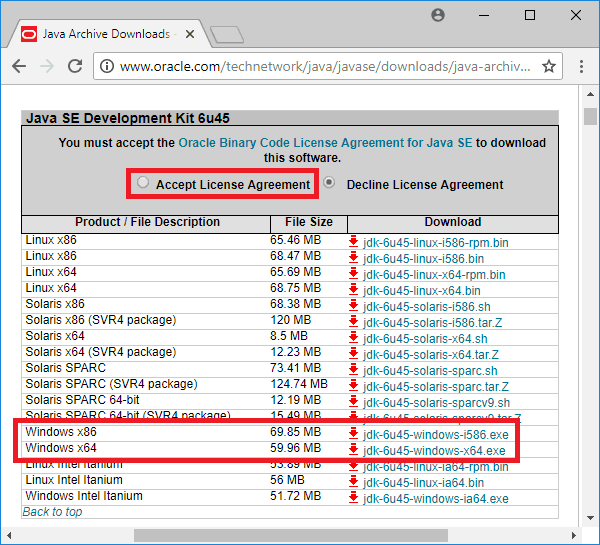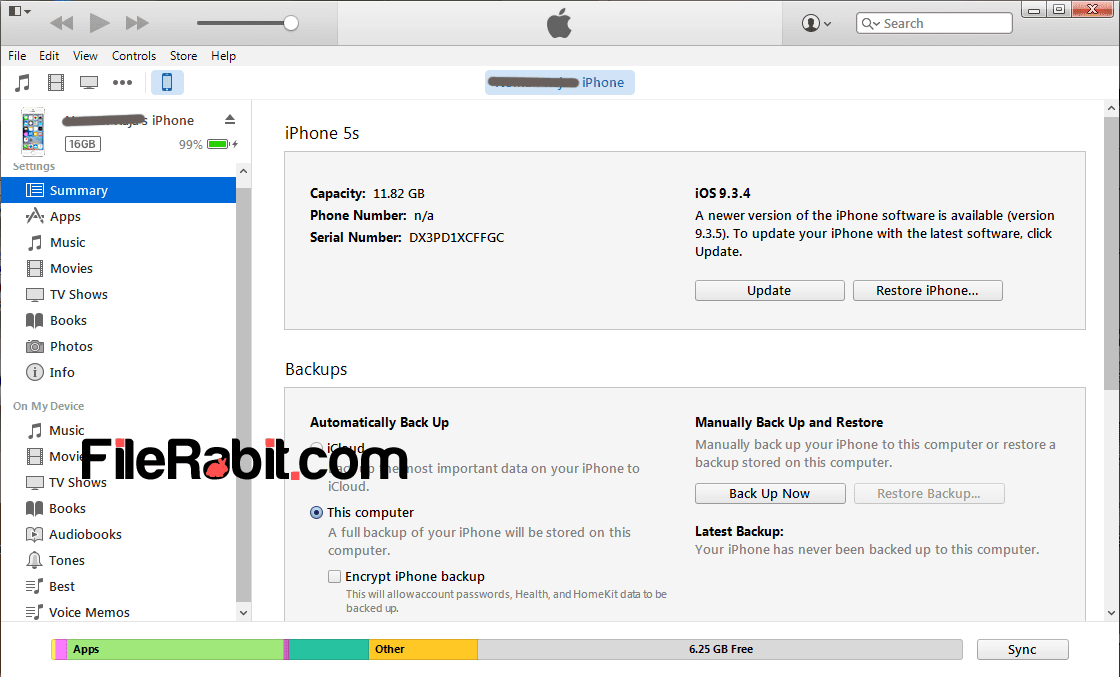Jre 1.7 Download 64 Bit
A Java Runtime Environment (JRE), version 1.7 or higher, is required. To find out what JRE version you have, open a command prompt and type in 'java -version'.
If Java 1.7 or higher is not available on your system, you can obtain it in the following places:
- Similarly, if you were downloading the Offline JRE Installer for 64-bit systems for update 1.7.001, the file name jre-7-windows-x64.exe would become: jre-7u1-windows-x64.exe. Installation Instructions. Install the JRE by doing the following: Downloading the installer; Running the.
- Download Java Runtime Environment (JRE) (64-Bit) for Windows to run Java applications on your Windows computer. Java Runtime Environment (JRE) (64-Bit) has had 1 updates within the past 6 months.
- Windows: https://java.com
- Linux: In the official software repository of your distribution.
- OS X: https://java.com
For a list of changes from previous releases, see the changelog.

The Eclipse Foundation - home to a global community, the Eclipse IDE, Jakarta EE and over 375 open source projects, including runtimes, tools and frameworks.
All downloads below support both 32-bit and 64-bit operating systems.
| Download & Release Notes | Supported Platforms |
|---|---|
| docfetcher_1.1.22_win32_setup.exe Run the installer and follow the instructions. | Windows |
| docfetcher-1.1.22-portable.zip This is the portable version that runs on all supported platforms. Installation: Unpack the archive into a folder of your choice, then launch DocFetcher with the respective launcher for your platform. Make sure you have write permissions for the destination folder (i.e. don't unpack into a folder like 'C:Program Files'). | Windows, Linux, OS X |
| DocFetcher-1.1.22.dmg Launch DocFetcher by double-clicking on the application bundle. | OS X |

DocFetcher is available as a Portable Apps version, see here.

It's possible to get both the regular portable DocFetcher version and the Portable Apps version running without installing Java. For details, see the DocFetcher wiki.
For 64-bit Linux, DocFetcher is available as a snap package, see here.
Older releases can be obtained from the SourceForge.net download page.
How the source code can be obtained is explained on this wiki page.
Java is a computer programming language that is concurrent, class-based and object-oriented. It was originally developed by James Gosling at Sun Microsystems. Java applications are compiled to bytecode (class file) that can run on any Java virtual machine (JVM) regardless of computer architecture.
Java is currently owned by the Oracle Corporation which acquired Sun Microsystems in 2010. Following tutorial will show you how to setup and configure Java 1.7 on Windows so you can develop and run Java code.
Check following posts if you are looking to download and install JDK 1.5, JDK 1.6, JDK 1.8, JDK 1.9 or JDK 1.10.
Java can be obtained from the Oracle Java download page. There are a number of different Java packages available, for this tutorial we will be installing Java Standard Edition (SE) on Windows.
In order to be able to compile Java code, we need the Java Development Kit (JDK) package that comes with a Java compiler. The JDK package also comes with a Java runtime environment (JRE) that is needed to run compiled Java code.
As we are installing an older Java version, you need to scroll all the way down to the bottom of the Oracle Java download page and click on the Download button in the Java Archive section. Then look for the Java SE 7 link and after clicking on it, select the correct operating system under Java SE Development Kit 7u80.
Here is the direct link to download the jdk 1.7.0_80 installer for Windows 32 or 64 bit.
Accept the License Agreement and pick the correct download for your operating system. In this example, we will use the Windows 64 bit version.
Download Java 1.7 64 Bit
Sign in using your Oracle account (or create a new one) and the download should start. Once the download is complete, locate the jdk-7u80-windows-x64.exe file and double-click to run the installer.
Click Next and on the following screen optionally change the installation location by clicking on the Change... button. In this example the install location was changed to 'C:Javajdk1.7.0_80'. From now on we will refer to this directory as: [java_install_dir].
Next, the installer will present the installation location of the public JRE. We will skip this part of the installer as the JDK installed in the previous step comes with a private JRE that can run developed code. Just press Cancel and confirm by clicking Yes in the popup window.
Click Next and then Close to finish installing Java.
In order for Java applications to be able to run we need to setup a 'JAVA_HOME' environment variable that will point to the Java installation directory. In addition, if we want to run Java commands from a command prompt we need to setup the 'PATH' environment variable to contain the Java bin directory.
When using Windows the above parameters can be configured on the Environment Variables panel. Click on the Windows Start button and enter “env” without quotes as shown below.
Environment variables can be set at account level or at system level. For this example click on Edit environment variables for your account and following panel should appear.
Download Jre 1.7 64 Bit Offline Installer
Click on the New button and enter “JAVA_HOME” as variable name and the [java_install_dir] as variable value. In this tutorial the installation directory is 'C:Javajdk1.7.0_80'. Click OK to to save.
Click on the New button and enter “PATH” as variable name and “%JAVA_HOME%bin” as variable value. Click OK to save.
Note that in case a 'PATH' variable is already present you can add “;%JAVA_HOME%bin” at the end of the variable value.

The result should be as shown below. Click OK to close the environment variables panel.
In order to test the above configuration, open a command prompt by clicking on the Windows Start button and typing “cmd” followed by pressing ENTER. A new command prompt should open in which the following command can be entered to verify the installed Java version:
The result should be as shown below.
This concludes the setting up and configuring JDK 1.7 on Windows.
If you found this post helpful or have any questions or remarks, please leave a comment.
